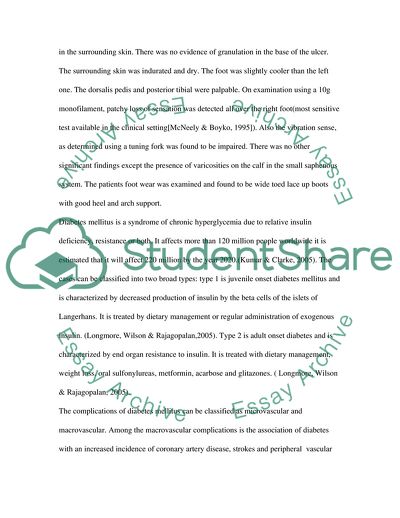Cite this document
(Pathogenesis of Formation of Neuropathic Ulcers Case Study, n.d.)
Pathogenesis of Formation of Neuropathic Ulcers Case Study. https://studentshare.org/health-sciences-medicine/1734436-cased-based-essay-about-neuropathic-ulcers-with-regards-to-mr-x
Pathogenesis of Formation of Neuropathic Ulcers Case Study. https://studentshare.org/health-sciences-medicine/1734436-cased-based-essay-about-neuropathic-ulcers-with-regards-to-mr-x
(Pathogenesis of Formation of Neuropathic Ulcers Case Study)
Pathogenesis of Formation of Neuropathic Ulcers Case Study. https://studentshare.org/health-sciences-medicine/1734436-cased-based-essay-about-neuropathic-ulcers-with-regards-to-mr-x.
Pathogenesis of Formation of Neuropathic Ulcers Case Study. https://studentshare.org/health-sciences-medicine/1734436-cased-based-essay-about-neuropathic-ulcers-with-regards-to-mr-x.
“Pathogenesis of Formation of Neuropathic Ulcers Case Study”. https://studentshare.org/health-sciences-medicine/1734436-cased-based-essay-about-neuropathic-ulcers-with-regards-to-mr-x.


